 New York City will lay off thousands of workers, eliminate many open jobs, shutter some firehouses at night, and fill fewer potholes in the next year and a half to help close a huge budget hole, Mayor Bloomberg announced Thursday. Most of the job cuts are teaching positions.
New York City will lay off thousands of workers, eliminate many open jobs, shutter some firehouses at night, and fill fewer potholes in the next year and a half to help close a huge budget hole, Mayor Bloomberg announced Thursday. Most of the job cuts are teaching positions.
“We’ve kept the city’s financial house in order through these difficult times by planning ahead and never shying away from making the hard decisions, and our current budget remains balanced because of that sound approach,” Mayor Bloomberg said in a statement. “But we face a significant challenge for next year, as federal stimulus dollars run dry and the city still suffers from the impacts of the national economic downturn.”
The mayor’s November financial plan revised four-year financial plan reveal the need for $1.6 billion in closing actions over the remainder of fiscal 2011 and fiscal 2012. Hiring will be very limited — only one worker will be hired for every two that leave, according to a news release from the mayor’s office.
The mayor’s plan includes eliminating 6,166 teaching positions, 350 civilian positions at the NYPD, 51 correction officer jobs, 200 Sanitation Department supervisor posts, 59 call taker positions at the 311 call center, and many more, according the news release.
The plan would also close 20 fire companies overnight, reduce the work year from 12 months to 9 months for more than 1,400 Parks Department workers, eliminate funding for mental retardation and developmental disability clinical programs, and close public libraries an addition day a week.
The Department of Transportation would also lay off for one week 641 street maintenance and arterial resurfacing employees, which means 9,000 fewer potholes would be filled, according to the mayor’s office.
Overall, the city government’s headcount would drop by 2,102 employees in the current fiscal year and by 8,264 in fiscal year 2012.
Many of the jobs to be eliminated are already vacant and some would occur through attrition, but layoffs are planned as well.
“More spending reductions are going to be necessary, and we have to continue to reduce the number of employees we have by not filling positions — we simply cannot afford the size of our current workforce,” Bloomberg said.
(Source: MyFoxNY)

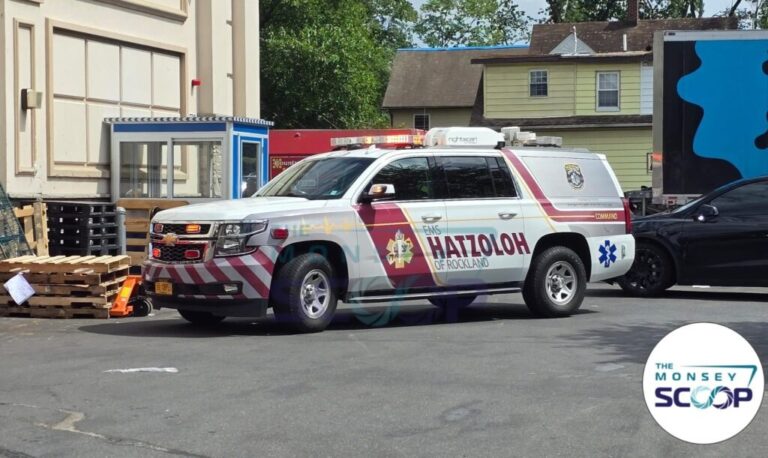

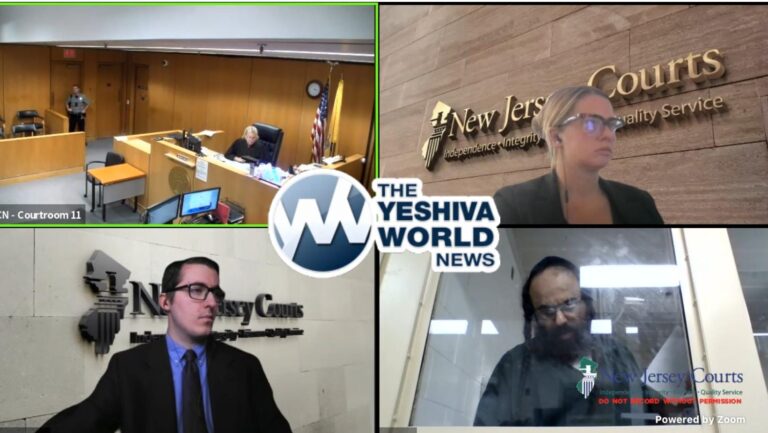

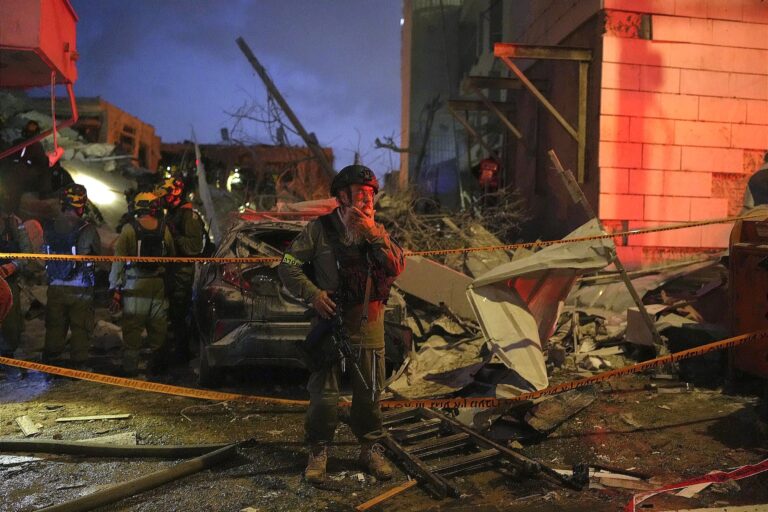
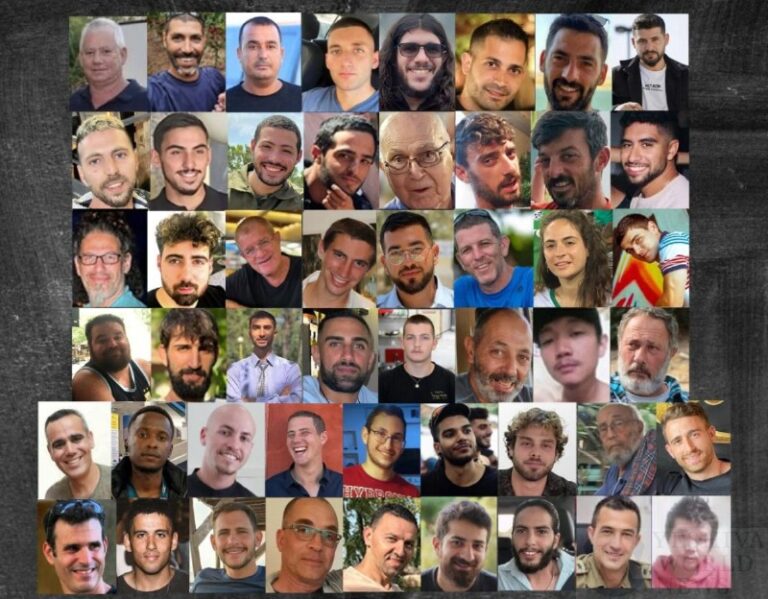

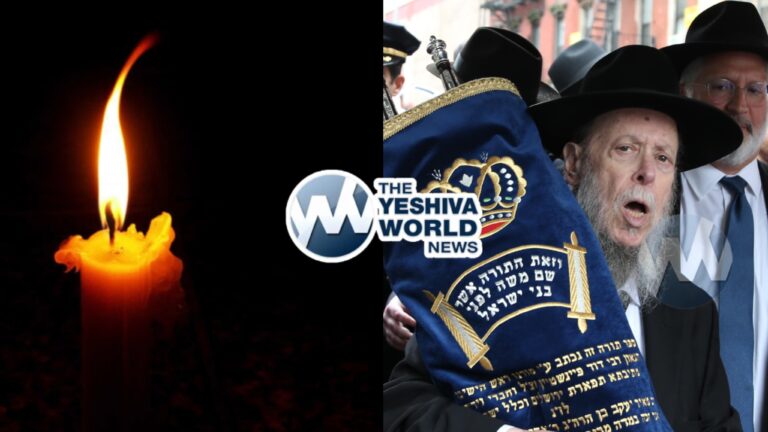
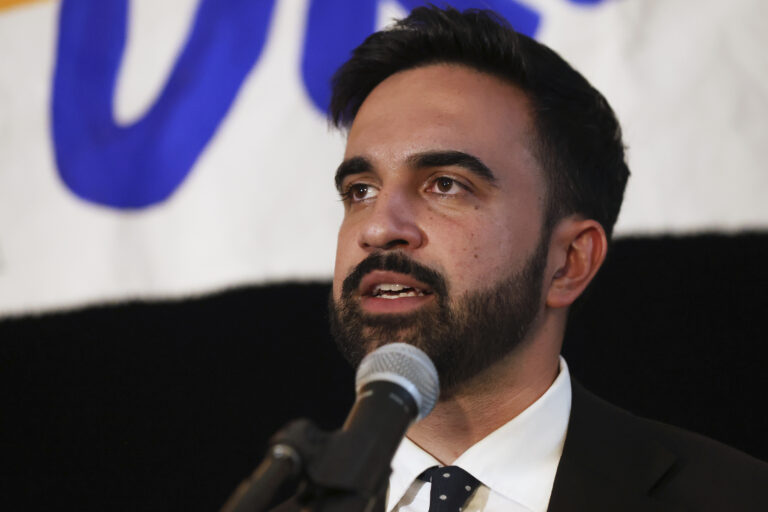
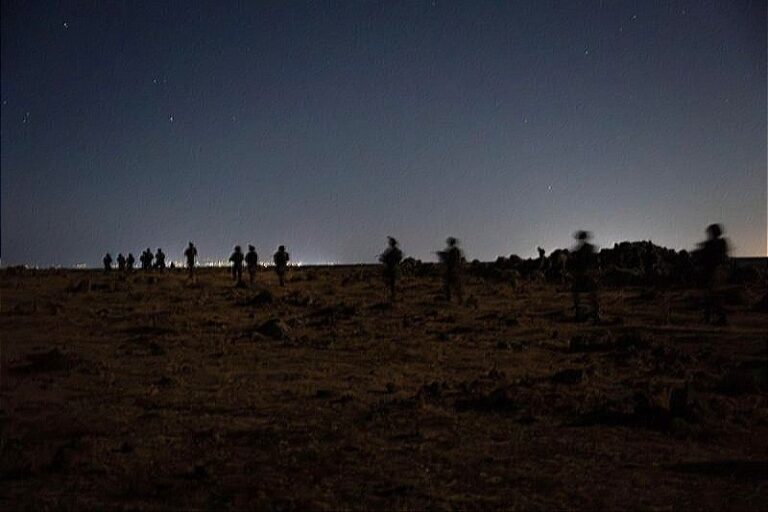
9 Responses
What happens if there is a fire at night?
Every New Yorker should make sure not to have any fires at night only by day.
The mayor will simply outlaw fires at night.
Don’t most fires happen at night?
I wonder if Bloomberg consulted with fire fighting professionals before making this decision. Will he accept responsibility for the loss of life that will very likely result from these closings?
This is a very bad idea. When the Bronx burned in the 1970s, the uncontrolled arson fires were the direct result of deliberate cutbacks in public safety budgets. Much later, analysis proved that the actual rate of fires was not significantly higher than elsewhere — but that poor neighborhoods had been systematically deprived of public safety services. The famous non-Jewish historian Santayana is reported to have said that those who don’t learn the lessons of history are condemned to repeat it; we may be condemned.
Response times are faster at night: less traffic.
As for the analysis of the rate of fires, I would like to see that study. I worked with firefighters who had been in the Bronx during those years and I’ve also seen the stats: the rate of fires was significantly higher at that time.
Much money can be saved by renegotiating UNION contracts (why do City employees need union contracts, anyway?), eliminating freebees like MTA passes, and such, and firing 50% of the “Meter Maids”, many of whom are unhealthily grossly overweight, thereby incurring serious health-maintenance costs.
If they fill fewer potholes, there will be more payout for damages resulting from the unfilled potholes. With such idiotic ideas, where did Bloomberg get his reputation as a savvy manager?
Check out “The Fires” by Joe Flood for an excellent account of how the best intentions and best data-driven methodologies destroyed large swaths of NYC.